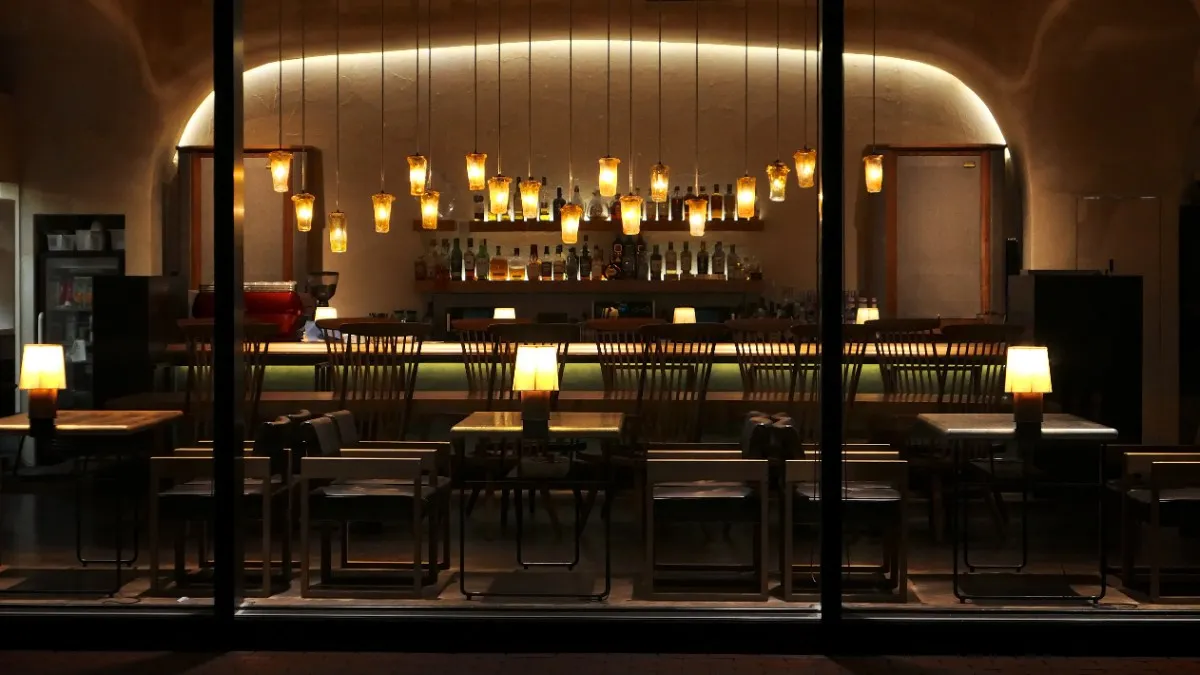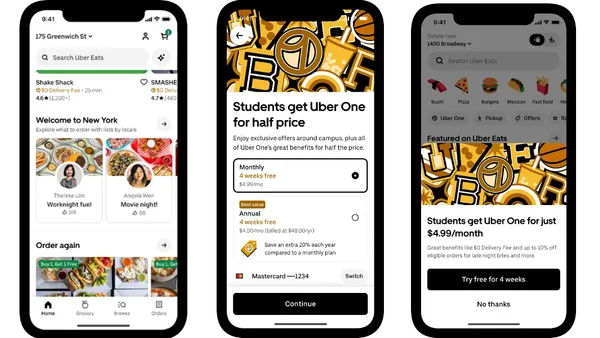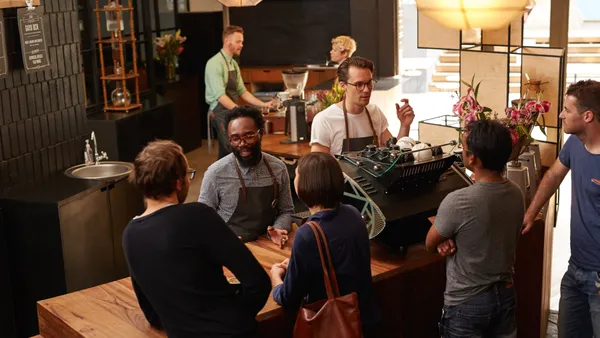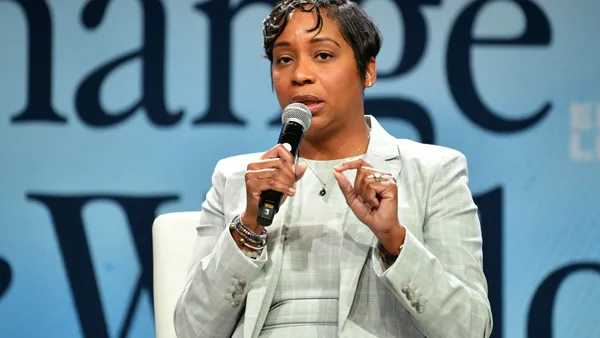Dive Brief:
- San Francisco could open indoor dining rooms at 25% capacity or up to 100 people by Oct. 1 if the city reaches a lower risk level as measured by the state of California, Mayor London Breed announced in a new reopening plan last week. San Francisco restaurant dining rooms have been closed for roughly six months.
- The Golden Gate Restaurant Association has been lobbying for restaurant reopenings in recent weeks, according to Eater SF. Executive Director Laurie Thomas told the publication that the association leveraged its relationship with City Hall for meetings at the beginning of September to discuss "the critical and immediate need for reopening criteria."
- San Francisco County is ranked as "red" for "substantial" risk per Gov. Gavin Newsom's county-by-county reopening plan based on regional coronavirus rates, which would have allowed the county to open dining rooms for reduced capacity on Aug. 31. But city officials didn't open dining rooms for fear of increased risk of viral spread. Breed's plan hinges on that red status changing to orange for "moderate" risk for infection, or less than four daily new cases per 100,000 residents and a less than 5% positive test rate for two weeks.
Dive Insight:
Even if San Francisco reaches "orange" status, Breed's plan relegates restaurant reopenings to the "red" status regulations of 25% capacity and no more than 100 diners indoors. "Orange" status allows restaurants to open dining rooms for 50% capacity or 200 people, whichever is fewer. This "one colored step behind" plan has been pushed by restaurant industry leaders as a safety compromise since the end of August. Those leaders have criticized a lack of clear communication from the city about any reopening plans, including a teaser announcement on Aug. 31 with no concrete timeline, and some restaurants have even threatened legal action for a reopening plan.
According to the state's Safer Economy website, the city had an adjusted daily case rate of 3.9 and a test positivity of 2.4% on Sept. 15. COVID-19 data points to lowering or controlled cases and infection rates in the county, and the San Francisco Department of Public Health is creating health and safety guidelines with the local restaurant industry to prepare for this tentative reopening. Those guidelines include the completion of a self-certification process denoting the ability to comply with minimum standards, a practice adopted in other markets like Pennsylvania and Connecticut.
San Francisco remains one of the last major-city holdouts to reopen its indoor dining areas in any capacity, along with Los Angeles. Nineteen of of the state's 58 counties were given the green light at the end of August to open at partial capacity. New York City moved to allow 25% capacity earlier this month, while Washington, D.C. and Chicago partially reopened at the end of June.
San Francisco's dine-in status, however, is especially noteworthy because the city has the most restaurants per capita in the country by far. The Bay Area has already experienced over 300 restaurant closures, according to Yelp data from March 1 to July 10. A reopening plan, even one that is just 25% capacity, could provide a lifeline for many of these restaurants.
If cases and hospitalizations don't remain stable, however, this plan becomes moot for now, and possibly for the long term as predictions of a second wave proliferate and even materialize in other markets like Europe.












